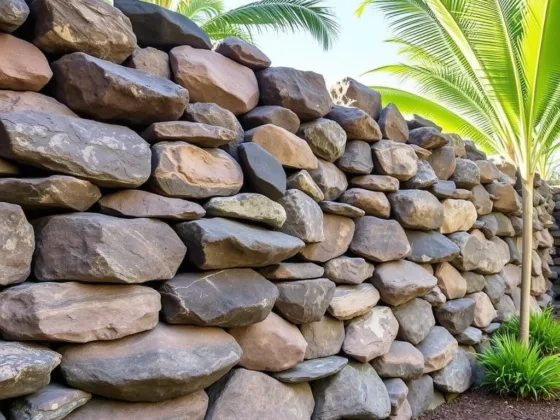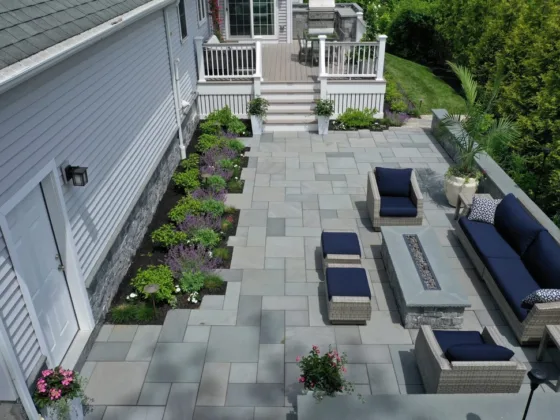Table of Contents Show
Besides boosting the appeal of your home by making it look aesthetically pleasing, Bonsai trees also have a lot of health benefits, for they offer an enhanced quality of life by creating a calm and stress-free environment. This is the reason why it is extremely important to take care of these plants for the proper stimulation of their age and maturity.

Five Easy Ways to Take the Right Care of Your Bonsai Trees
There are different types of Bonsai trees available at Kaizen Bonsai, however, each one of them holds to basic maintenance rules. If you wish to grow these trees in the premises of your home, it is of great significance to understand that every Bonsai tree has its own particular necessities for water, light, and soil. What’s more, it is, along these lines, basic to realize what these trees need to flourish and have a healthy life.
Watering Requirements of Bonsai Trees
Bonsai trees need to be watered on a regular basis like all the other living organisms. However, the amount and rate of watering should be carefully taken care of. This depends on factors like weather, the size of the tree and the pot.
Don’t give your Bonsai a chance to tree shrink or become dehydrated. Also at the same time, make sure that your Bonsai trees do not become waterlogged, for that will ruin the roots.
It is advisable to routinely keep a check on the soil beneath the surface of your tree. If you feel it is withered or dry, it may need more water. However, if the soil seems moist and wettish, it is evident that it has adequate dampness for the tree to soak up.
This makes it pretty clear that you should water your plant according to its requirements at differing frequencies.
Similarly, Bonsai trees are influenced by prevailing climatic conditions of the region such as humidity, and coldness. Ensure that the root system of the tree is soaked up well in water, to make sure it gets sufficient amount of water. It is crucial to accomplishing the correct watering balance as excessive or too little water can be hazardous to these plants.
Soil Maintenance
Bonsai soil is mixed in a way to optimize waste. It is essentially a free, quick depleting blend of components, mostly a base mixture of coarse sand or gravel, terminated dirt pellets or extended shale joined with an organic segment, for example, peat or bark.
The fertilizers used in Bonsai soils are made up of Nitrogen or Potassium or Phosphorus which are excellent elements for triggering the healthy growth of your plants.
Different specialists hold different perspectives on soil mixes and the use of fertilizers. Some of them suggest the use of natural manures to increase an inorganic soil blend, while others will encourage the use of chemical fertilizers freely.
Bonsai soils, which are already mixed, are broadly accessible on the net or bonsai stores. It is, in any case, especially better to buy the basic ingredients and mix them yourself, which can be a great method to cater to your tree’s needs.
Consider Repotting
Repotting is one of the most important things that should be taken care of for a prompt maintenance and proper growth of Bonsai trees. It refreshes the soil and reduces the chances of the tree getting damaged.

It is extremely important to repot your Bonsai every two years when it is in its process of growing up. This keeps it from getting to be pot-bound and energizes the development of new feeder roots, enabling the tree to retain dampness all the more productively.
On the other hand, after the tree develops, the process of repotting can be done after every 5 years. Repotting should be preferably done during spring so that the tree gains fresh nutrients.
Read Also:
Use of Proper Tools
Make sure the equipment you purchase for taking care of your Bonsai is of top-notch quality and is bought from a reputed and reliable store. There are specific tools available in the market for the proper maintenance of Bonsai trees. The most widely recognized tool is the concave cutter which is used to prune flush, without leaving a stub.
The toolkit used for looking after Bonsai incorporates branch twisting jacks, wire pliers, and shears of various extents for performing detail and rough forming. Anodized aluminum or copper wire is used to shape branches and hold them until the point that they take a set.
Pruning
If you are worried about any unwanted branches on your Bonsai that are not developing the way you want them to, don’t hesitate in eliminating them from your tree. Pruning helps you in styling your tree according to your own individual expression. Just check that there is enough new development happening, and you’re ready.
You can prune all the undesired branches using a sharp match of secateurs and slice back to a bud. Any new branch will then take the course the bud is facing, subsequently empowering you to shape your Bonsai tree precisely how you want.









